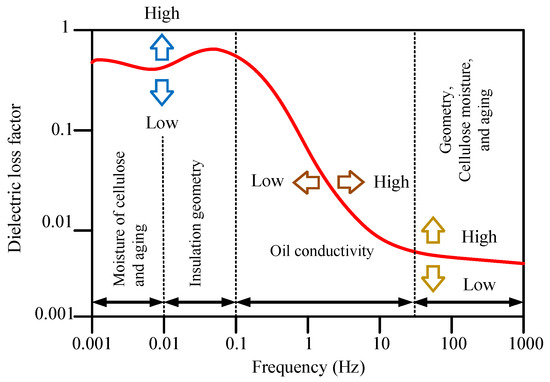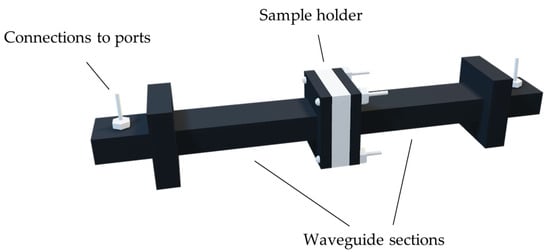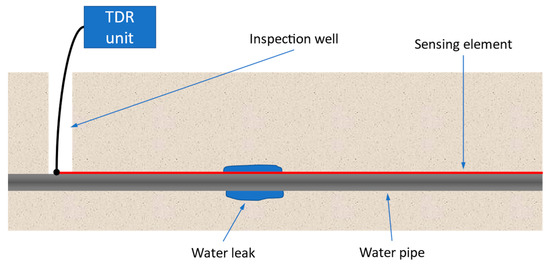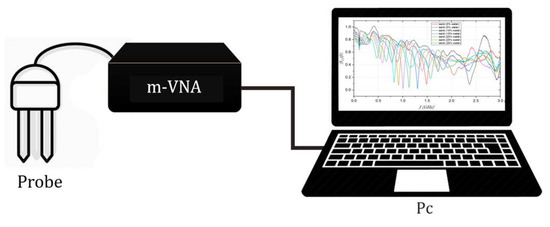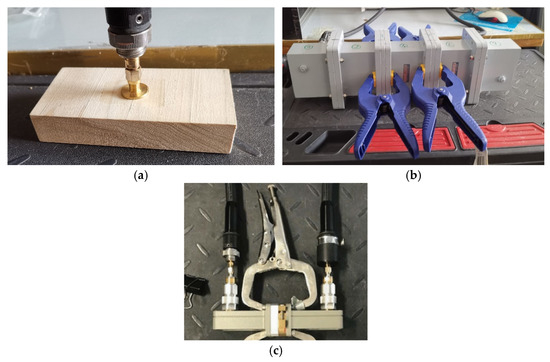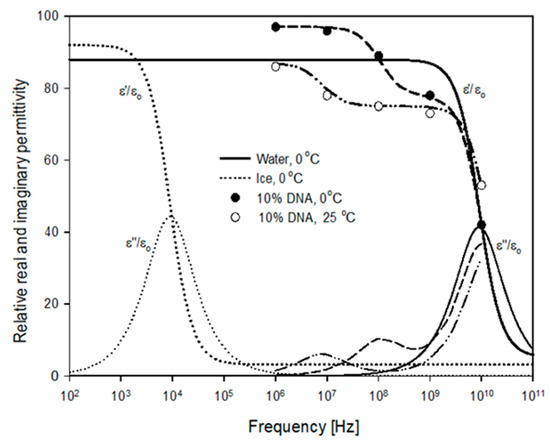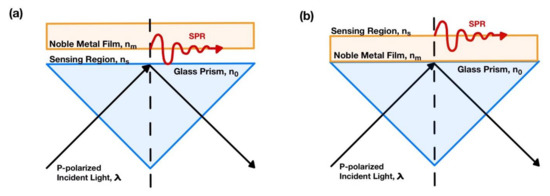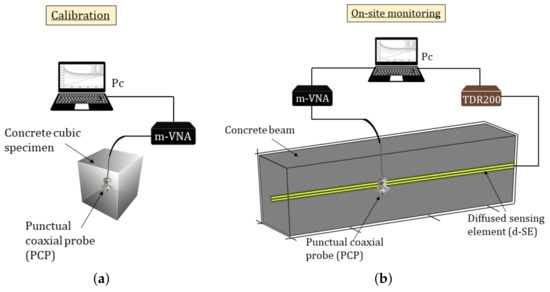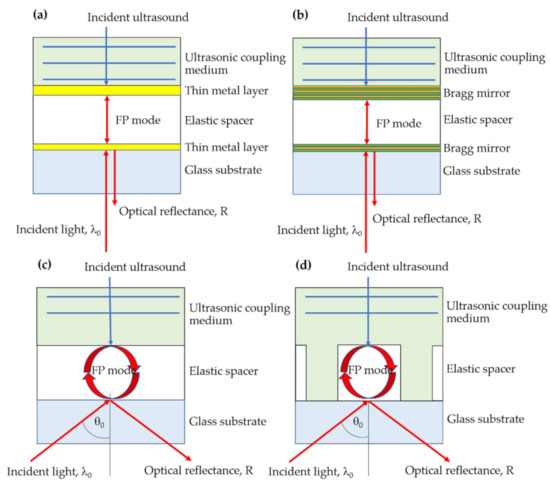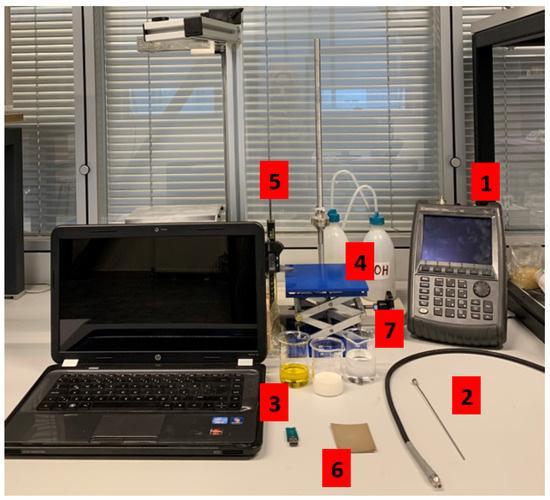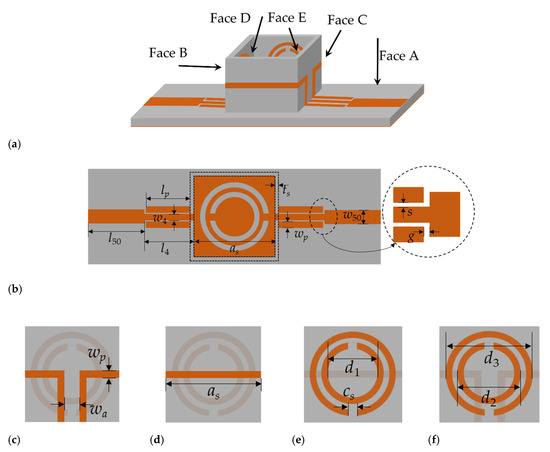Dielectric Sensing-Based Systems and Applications
A topical collection in Sensors (ISSN 1424-8220). This collection belongs to the section "Physical Sensors".
Viewed by 47891Editors
Interests: fault detection; sensor technologies; measurement techniques; monitoring and measurement systems; testing and characterization components; systems and monitoring equipment
Special Issues, Collections and Topics in MDPI journals
Interests: permittivity measurement; electrical and electronic instrumentation
Special Issues, Collections and Topics in MDPI journals
Interests: dielectric properties of soil; measurement of soil moisture and salinity; FDR; dielectric models; microwave measurement methods
Special Issues, Collections and Topics in MDPI journals
Topical Collection Information
Dear Colleagues,
Dielectric properties are fundamental characteristics of materials and, as such, they are often used to describe the “fingerprint” of a material in various applicative contexts.
At the state-of-the-art, however, there is not a universal sensing system that can be used to measure the dielectric properties of materials. By contrast, the choice of the system depends on the nature of the material (e.g., liquid, granular, solid) and on the frequency range of the characterization. Additionally, the final accuracy of results and costs influence the suitability of dielectric measurement systems. As a result, the scientific community is still challenged by the need to investigate innovative dielectric measurement solutions that could offer a trade-off of cost, accuracy, and frequency range of analysis.
In addition to this, the importance of measuring dielectric properties goes beyond the characterization of a material; in fact, dielectric characteristics are often measured to infer other properties (not necessarily electric) of the system under test. For example, in the food industry, dielectric properties are important for assessing the quality or microwaveability of food. In forestry and soil science, dielectric measurements are used to evaluate the moisture content and water level in various metrials. In the industrial sector, dielectric measurements are used to infer several properties of materials and products.
Starting from these considerations, this Topical Collection is open to research and review contributions related to 1) innovative methods and systems for the characterization of dielectric properties of materials and 2) innovative sensing and monitoring systems that resort to measurement of dielectric properties to retrieve other information on the system under test.
The list of topics includes but is not limited to:
- Enhancement of the accuracy of existing dielectric measurement systems;
- Development and validation of innovate dielectric permittivity models;
- Development of innovative sensing and monitoring systems based on dielectric measurements;
- Development of innovative probes or sensing elements for measuring dielectric properties.
Prof. Dr. Andrea Cataldo
Prof. Dr. Emanuele Piuzzi
Dr. Agnieszka Szypłowska
Collection Editors
Manuscript Submission Information
Manuscripts should be submitted online at www.mdpi.com by registering and logging in to this website. Once you are registered, click here to go to the submission form. Manuscripts can be submitted until the deadline. All submissions that pass pre-check are peer-reviewed. Accepted papers will be published continuously in the journal (as soon as accepted) and will be listed together on the collection website. Research articles, review articles as well as short communications are invited. For planned papers, a title and short abstract (about 100 words) can be sent to the Editorial Office for announcement on this website.
Submitted manuscripts should not have been published previously, nor be under consideration for publication elsewhere (except conference proceedings papers). All manuscripts are thoroughly refereed through a single-blind peer-review process. A guide for authors and other relevant information for submission of manuscripts is available on the Instructions for Authors page. Sensors is an international peer-reviewed open access semimonthly journal published by MDPI.
Please visit the Instructions for Authors page before submitting a manuscript. The Article Processing Charge (APC) for publication in this open access journal is 2600 CHF (Swiss Francs). Submitted papers should be well formatted and use good English. Authors may use MDPI's English editing service prior to publication or during author revisions.
Keywords
- dielectric measurements
- dielectric sensors
- dielectric permittivity models
- spectroscopy
- dielectric characterization
- permittivity
- time/frequency domain reflectometry (TDR/FDR)
- time/frequency domain transmissometry (TDT/FDT)








